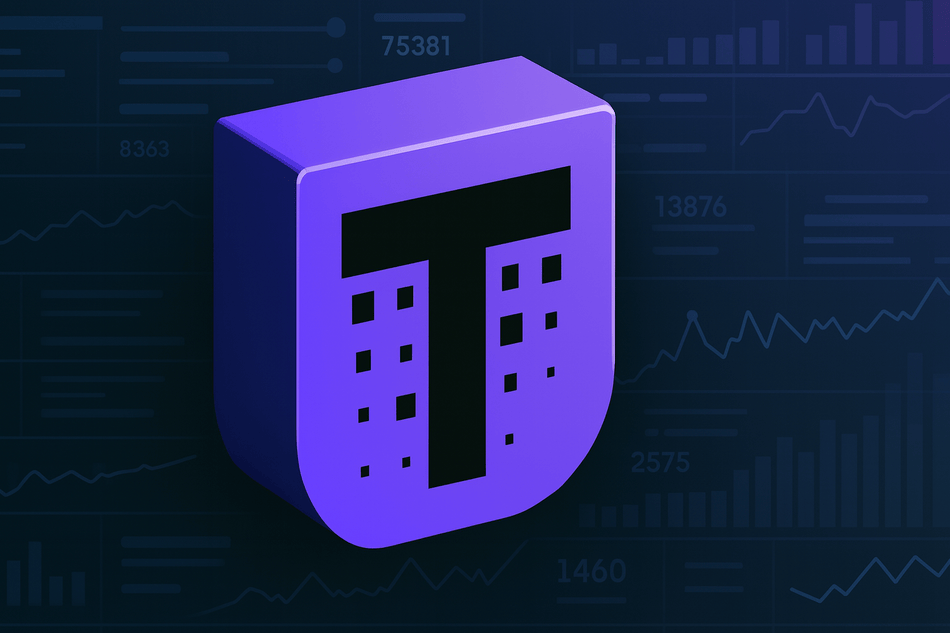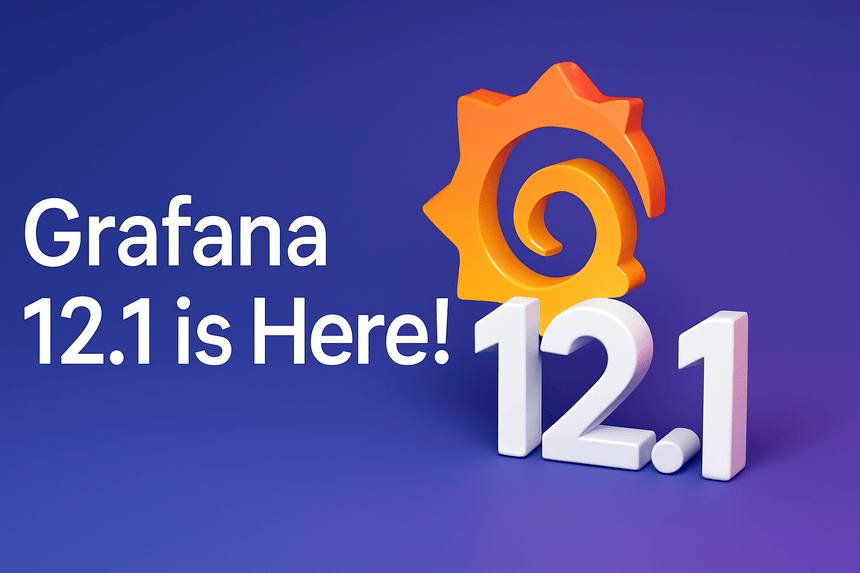With the growing adoption of Large Language Models (LLMs) and other generative AI technologies, organizations must prioritize reliable performance, efficiency, and safety to meet user expectations, manage resource costs, and mitigate unintended outputs. Effective observability into AI operations, behaviors, and outcomes is critical to achieving these objectives. OpenTelemetry is being enhanced to support these needs, specifically for generative AI workloads.
Two key developments are driving this enhancement: Semantic Conventions and Instrumentation Libraries. The first instrumentation library targets the OpenAI Python API.
Semantic Conventions: Standardizing Observability for Generative AI
Semantic Conventions define standardized guidelines for structuring and collecting telemetry data across platforms. For generative AI, they help streamline the monitoring, troubleshooting, and optimization of AI models by specifying attributes like model parameters, response metadata, and token usage. These standards ensure consistency across tools, environments, and APIs, making it easier for organizations to track performance, costs, and safety.
Instrumentation Library: Automating Telemetry Collection
The OpenTelemetry Python Contrib project is developing an instrumentation-genai library to automate telemetry collection for generative AI applications. The initial release focuses on instrumenting OpenAI client calls. This library captures spans and events, collecting structured data such as model inputs, response metadata, and token usage. It provides developers with an automated, out-of-the-box solution for monitoring generative AI workloads.
Key Signals for Observability in Generative AI
The Semantic Conventions for Generative AI are designed to capture insights into model behavior using three primary observability signals: Traces, Metrics, and Events. Together, these signals offer a comprehensive monitoring framework for cost management, performance tuning, and request tracing.
- Traces: Tracking Model Interactions Traces capture the lifecycle of each model interaction, including input parameters (e.g., temperature, top_p) and response details like token counts or errors. This provides visibility into individual requests, enabling the identification of bottlenecks and the analysis of parameter impacts on outputs.
- Metrics: Monitoring Usage and Performance Metrics aggregate high-level indicators such as request volumes, latencies, and token counts. These are essential for managing costs, monitoring performance, and staying within API rate limits.
- Events: Detailed Interaction Logs Events log specific moments during model execution, such as user prompts and model responses. This granular data is invaluable for debugging and optimizing applications where unexpected behaviors might occur.
- Note: Events follow the Logs API specification defined in the Semantic Conventions for Generative AI. These conventions are under development and are considered unstable.
Extending Observability with Vendor-Specific Attributes
To enable platform-specific insights, the Semantic Conventions include vendor-specific attributes for providers like OpenAI and Azure Inference API. This flexibility supports multi-platform monitoring while allowing detailed telemetry collection tailored to each vendor.
Building the Python Instrumentation Library for OpenAI
The Python-based library in the OpenTelemetry Python Contrib repository captures essential telemetry signals for OpenAI models.
It automates the collection of request and response metadata, token usage, and other relevant data, offering an easy-to-use observability solution tailored to AI workloads.
As generative AI applications continue to expand, additional instrumentation libraries will be developed for other languages, extending OpenTelemetry’s reach. The focus on OpenAI reflects its widespread use and high demand in the AI development community, making it an impactful first implementation.
Original Post here: https://opentelemetry.io/blog/2024/otel-generative-ai/







